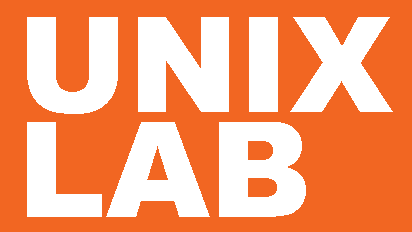Modeling Heavy Oil & Gas Production and Facilities Using Aspen HYSYS Upstream
Course ID : EHY2351
Duration In-class (в days) : 2 days
Duration Online : 2 days
Сurriculum : in-class, Virtual Instructor-Led Training - ONLINE
Delivery
:
14.10.2025 - 30.10.2025
Price : $1 290
Overview
Use the new advanced capabilities of Aspen HYSYS to enable shared workflow between production modeling and facilities modeling. Use the improved oil modeling tools in Aspen HYSYS for heavy oil models, hypothetical components from lab data, tune transport properties to match field data. Use Aspen Hydraulics to perform hydraulic calculation and use Aspen HYSYS pipe segment for Flow assurance calculation.
Audience for this course
- Anyone interested in the modeling of upstream production processes, including production, facilities, and process engineers
- Individuals wanting to extend the skills gained in EHY101 Aspen HYSYS Process Modeling course by learning how to use the Upstream capabilities in Aspen HYSYS
Objective
- Instruction on basic topics is supplemented by useful tips for tuning your models
- Instructor-guided demonstrations of product features
- Hands-on workshops that apply learned concepts
- Detailed course notes and reference materials
Prerequisites for this course
- EHY101 Aspen HYSYS Process Modeling or
- Some prior knowledge of upstream industry practices is expected
Outcomes
- Use the oil modeling tools in Aspen HYSYS that are typical in production engineering software
- Use the new Oil and Gas Feed option to model heavy oil within a single Aspen HYSYS flowsheet
- Solve system wide debottleneck and optimization problems by tightly integrating hydraulic models with your facilities models using Aspen Hydraulics
- Perform Flow Assurance calculations (Hydrate formation, Oil water emulsions handling, CO2 freezing) in pipe segment
Outline
Introduction to Aspen Upstream
- Introduction to Aspen HYSYS Upstream concepts
Introduction to Heavy Oil Characterization
- Specify reservoir fluid streams using HYSYS Oil & Gas Feed capabilities and calculate unknown heavy oil properties
- Work within the Oil & Gas Feed property view of Aspen HYSYS
- Workshop: Heavy Oil Characterization – Introduce the basics of modeling well head fluids using Oil & Gas Feed capabilities
Pipeline Simulation Using Pipe Segment
- Add and connect the HYSYS Pipe Segment to build a flowsheet in Aspen HYSYS
- Explore Pipe Segment results and flow assurance options
- Workshop: Use the Pipe Segment to simulate a pipeline
Model a Gas Oil Separation Plant (GOSP)
- Build a composition based flowsheet
- Add additional properties to streams through the use of property correlations
- Use the Adjust logical operation to achieve a process objective
- Use the Production Allocation Utility to allocate production flow rates among contributing wells.
- Workshop: Model a two-stage oil-gas separation plant using the Pipeline Simulation module as a basis
Pipeline Simulation Using Aspen Hydraulics
- Identify and explain the Aspen Hydraulics Unit Operations
- Summarize the available pipe options and licenses, and recognize their capabilities
- Workshop – Use Aspen Hydraulics in Steady State mode to model pipeline networks
Pig Launching Using Aspen Hydraulics (Dynamics)
- Convert the a steady state Aspen Hydraulics file into dynamics
- Setup Aspen Hydraulics for pig modeling
- Review how to merge Aspen Hydraulics sub-flowsheets with fully-defined Aspen HYSYS Dynamics files
- Model pigging using a Microsoft Excel interface to plot the liquid profile along the pipeline
- Workshop: Configure and use the pigging operations within Aspen Hydraulics
Explore Conceptual Design Builder to swiftly build GOSP
- Understand the capabilities and options in the HYSYS Conceptual Design Builder
- Use the Conceptual Design Builder to quickly build a HYSYS model of a Gas Oil Separation Plant (GOSP)
- Review results in separated reports
- Workshop: Specify and build a Gas-Oil Separation Plant (GOSP) model using the Conceptual Design Builder tool in Aspen HYSYS
Modeling Real Separators
- Model separators to include carryover so that your simulation better matches a real process
- Predict the effect of exit devices on mitigating carryover
Workshop: Use the Aspen HYSYS Real Separator capabilities to model imperfect separation in a 3-phase oil-water-gas separator




